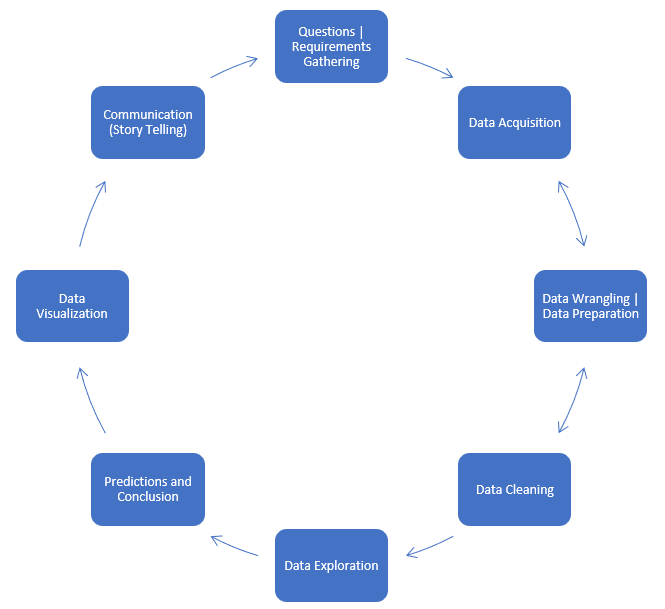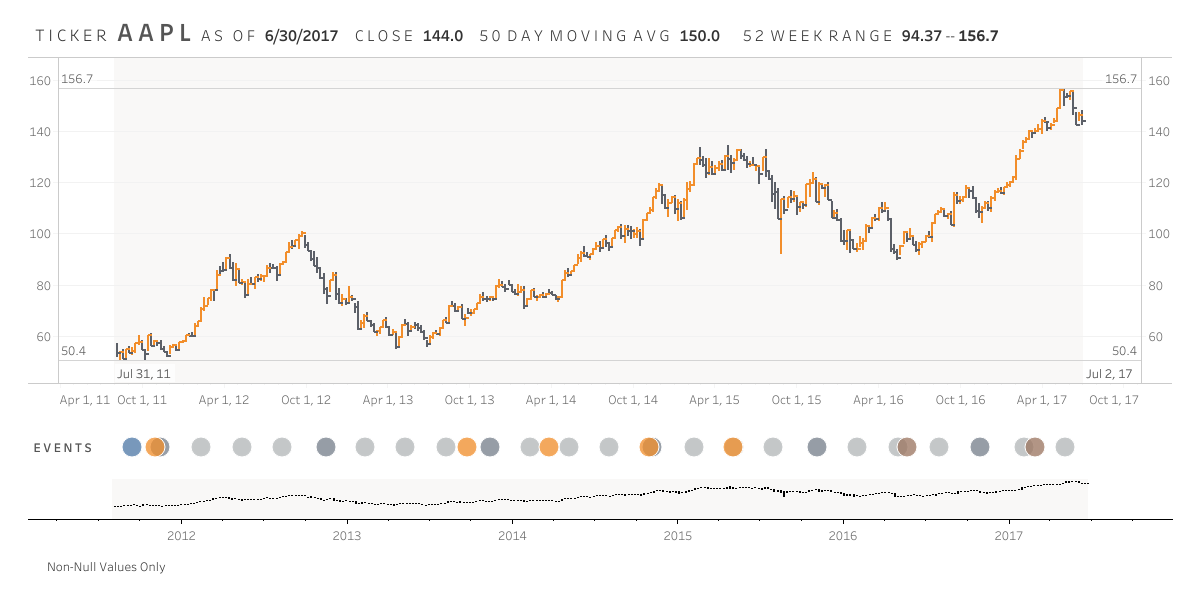Irrespective of what profession you come from, if your business or service has a customer then you are definitely analyzing data. This analysis is the root of your confidence for future developments. In this article, I will deep dive into the process of analyzing data and ways in which most can be brought out of it. Let’s deep dive.
Data Analysis is not associated with just technology-based companies working in Silicon Valley. It is a part of every industry and runs for all products. Medicines, Grocery, Colleges, Weather Stations, and almost all industries that you can think of work with lots and lots of data on an everyday basis. I will be explaining and going through a typical walk-through of how the data analysis process works. Although, these steps are not exhaustive and may not occur in the same straight line order as mentioned. This is just to outline the overall picture of how Data Analysis as architecture would look like.
The general mindset of solving any analytical problem is looking at it through the eyes of a hypothesis test’s outcome. What is hypothesis testing? It is the procedure of validating the outcome, which starts with the result. We form a result (known as the hypothesis) and then solve the problem to prove that the hypothesis was true. Similarly, when solving an analysis problem, we start with the decision, with what is needed in the outcome, and then form our strategy to reach this outcome. It is always a great idea to constantly revisit this outcome and introspect whether the approach is correct. The raw flow goes something like this, we start with defining decisions and required outputs from the analysis. Then comes the analysis methods that can be used and what data requirements are there for the project. The next step is sourcing the data, collecting and storing it in a single accessible location, and further using it to perform the analysis. This approach generally answers questions about the project’s feasibility.

#scrum #python #technology #data-science #agile
